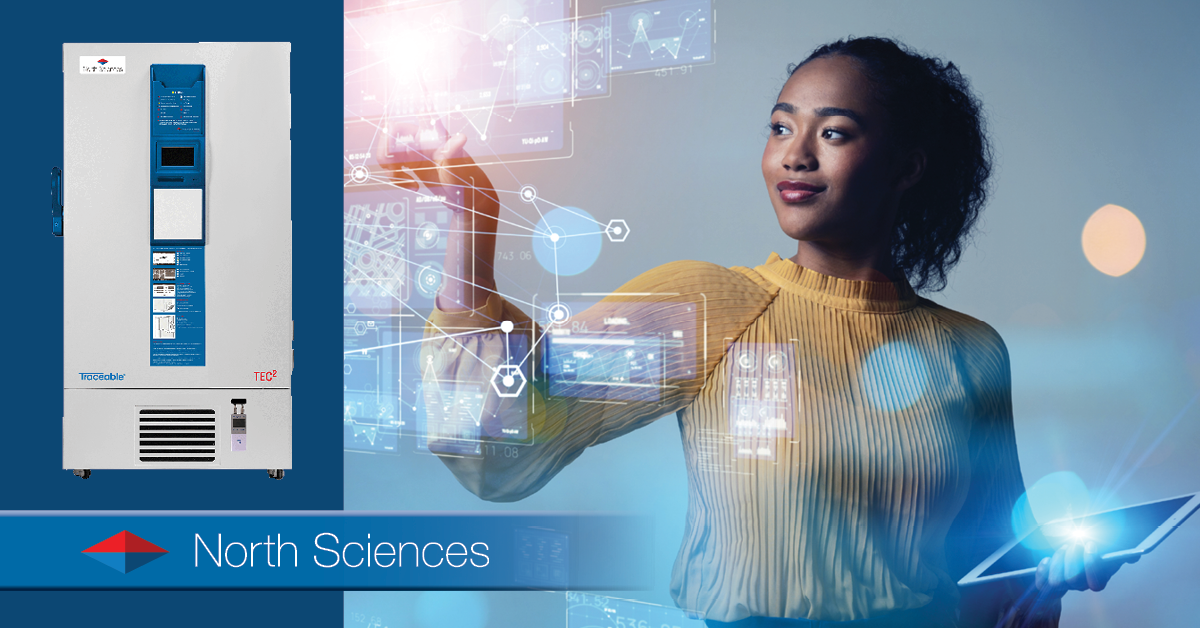ULT Freezer Failures: A.I., V.R. and Cloud Monitoring to Avoid Asset Losses

As technology expands day to day, we often find ourselves as simple observers in our life, watching as our world slowly morphs into the robotic city we’ve always dreamed of. Love it or hate it, technology has implemented itself into our reality, like ivy growing around our windowsills. From technological advancements in cell phones, to living robots, its range is ever changing, making it difficult yet accessible to become accustomed to this new manner of life. Through all these changes, the spotlight remains focused upon two elements: virtual reality and artificial intelligence, terms we hadn’t even heard about twenty years ago. Just like in any other circumstance, adaptation and improvement are the best ways to live life: to accept change with open arms, and in this way, these two aspects are able to reach their full potential.
September 2019: a freezer malfunction at a Los Angeles hospital results in the loss of 56 stem cell samples, harvested from child cancer patients. Similarly, in 2012, at the Harvard Brain Tissue Resource Center, the world’s largest storage of autistic brain samples were destroyed by the same cause. Though such incidents do not occur daily, their consequences are deadly and simply unforgivable. We cannot afford to have incidents where samples of such high stakes are in a position where they may be compromised. Freezers in this day and age can be considered unpredictable: temperature control issues, compressor or power supply failures, the list goes on. Though there are Ultra Safe Freezers with Redundant Cooling systems backed up by number of preventative measures to such incidents, and they are relatively effective, it is time to utilize this new era of technology to an advantage.
Cloud Monitoring
Cloud monitoring refers to the methodology of reviewing, observing, and managing the operational workflow in a cloud-based IT infrastructure. This can be extremely useful in terms of medical equipment such as freezers for a number of reasons as it provides Cloud Run performance monitoring which allows for regulation and consistent observation of the software used in the engineering of cold/ultra-cold freezers. As the system monitors cloud data across multiple locations, it is able to evaluate resources in comparison to time frames, therefore acting as a preventative measure towards avoiding asset losses.
How can Artificial Intelligence revolutionize medical equipment?
The theory and development of computer systems able to perform tasks that normally require human intelligence, such as visual perception, speech recognition, decision-making, and translation between languages: this is how artificial intelligence is defined, what it means in a nutshell. Its beginning can be traced back to 1956, though it’s only truly bargained attention in the last decade.
It’s been used in healthcare to improve efficiency, speeding up diagnostic processes, enhancing customer service, preventing human mistakes etc.. As much as it has already nestled itself into the industry, there is always room for improvement, a perfect example being specifically freezers. By implementing artificial intelligence within the mechanism of freezers, losses previously mentioned could be avoided. In fact, it could be used to enhance the ability to detect deterioration of equipment such as freezers, preventing failure. As A.I could potentially allow machines to learn from experience, it would guarantee that in the rare event of a failure, that incident would be the last one. Machine learning plays a key role as it provides early warnings of potential failure through learned experience, not only acting as a preventative measure but also as a means of direct corrective action if said incidents do occur.
How can Virtual Reality Revolutionize Medical Equipment?
Virtual reality (V.R) or Augmented reality (A.R), defined as “the computer-generated simulation of a three-dimensional image or environment that can be interacted with in a seemingly real or physical way by a person using special electronic equipment, such as a helmet with a screen inside or gloves fitted with sensors'' and “a technology that superimposes a computer-generated image on a user's view of the real world, thus providing a composite view” consequently, has truly made its way into the healthcare system. In certain hospitals, doctors have begun using virtual reality simulations in order to have a greater understanding for patients suffering from an illness. In fact, certain types of virtual reality are able to simulate real aches such as migraines, parkinson’s disease and even dementia. Integrating such technology at a smaller scale in freezers could potentially aid in the securitization of medical matter within them, a closer outlook towards the ideal temperature necessary for preservation of such manner through actual experience, Mixed Reality (M.R) , a medium consisting of immersive computer-generated environments in which elements of a physical and virtual environment are combined, are particularly revolutionary in terms of medical equipment. In fact, XR technologies, combining real and virtual environments through M.R and integrating human-machine interactions represent the future of cold/ultra-cold specimen storage, in turn enhancing the value of thermal services and increasing the number of solutions provided for current and future incidents that may arise. All in all, the benefits of early M.R and XR integration can revolutionize freezer development, stopping incidents before they even arise as well as preparing for positive or negative outcomes such as asset loss.


